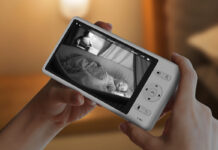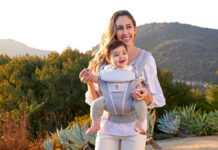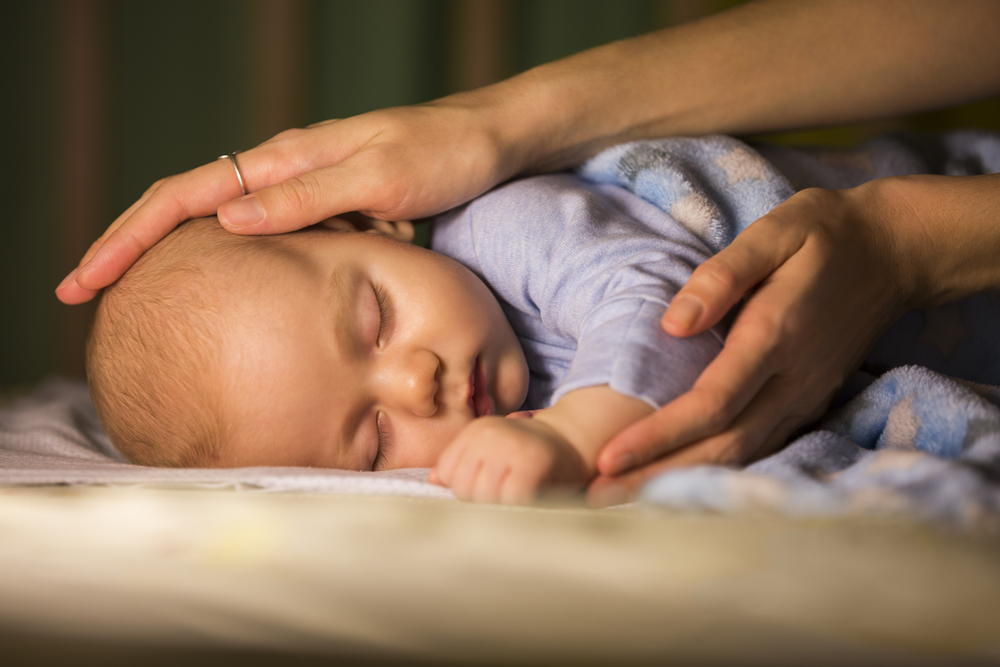 Helping your baby sleep better is one of the most important things you can do for them in their early life. My daughter is coming up on her 5th birthday soon and is now fully independent from the time she goes to bed until the time she wakes up. She hops in and out of bed in the middle of the night if she needs to go to the bathroom, and doesn’t come out of her bed in the morning until her Groclock tells her it’s time to get up.
Helping your baby sleep better is one of the most important things you can do for them in their early life. My daughter is coming up on her 5th birthday soon and is now fully independent from the time she goes to bed until the time she wakes up. She hops in and out of bed in the middle of the night if she needs to go to the bathroom, and doesn’t come out of her bed in the morning until her Groclock tells her it’s time to get up.
It’s been a few years now since my wife and I went through sleep training with her and it took us until just past her first birthday before she was sleeping through the night comfortably. While my wife taught my daughter some of the really helpful basic values of putting herself to sleep (like self-soothing,) I took a more unorthodox look at understanding how baby sleep cycles and sleep cycle transitions worked. It was really helpful knowing that babies transition sleep cycles (on average) every 45 minutes, for example. My daughter had a habit of waking up out of the end of the first cycle crying until I started helping her through them through the advice of parents online. Once she was past that, we started to see longer and longer consecutive hours of sleep until she stopped waking up in the middle of the night to feed at about 10 months. From there, she was sleeping through the night around her first birthday.
There are a lot of different baby sleep techniques out there, and a lot of sleep coaches, books and seminars that all boil down to a common message: Helping your baby sleep, and sleep well is crucial to their growth and wellbeing. To be honest, it’s helpful to yours too. Whether you hire a sleep coach, go the book route, or just piece together and experiment with whatever works for you (like we did,) both yourself and your child will be better off with proper rest.
Here are a few other things you can do to help influence that great sleep too.
Creating a comfortable room space
The most important piece to this entire operation is having a comfortable space for your baby to get to sleep. We were EXTREMELY fortunate that my daughter moved from her bassinet to a crib from about 4-6 weeks old and had no desire to co-sleep outside of the first few times she was sick. That crib was put together and ready to roll by the time my wife was about 26 weeks pregnant.
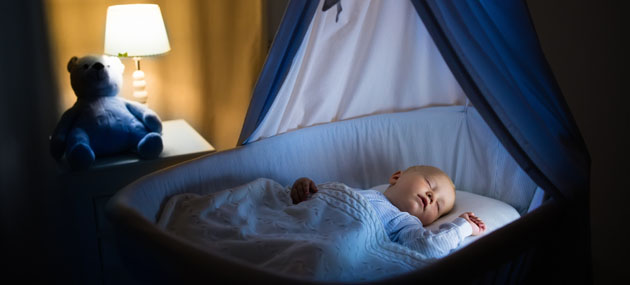
Finding a good crib is really important and just about every company I’ve seen out there keeps your baby’s safety in mind with their designs, so it’s just a matter of finding the design you like. Some cribs have higher side walls than other since they assume you’ll be pushing one end up against a wall, while some come with additional add-ons, like the Graco Remi 4-in-1 convertible crib that comes with a change table too. There are minimum safety regulations that these manufacturers need to follow, so you don’t have to worry about issues like what you saw with the drop-side cribs of old.
Many cribs nowadays are convertible and can grow with your child from their crib, to their toddler bed and then their twin bed. Make sure that you do a bit of research into the convertibility of these cribs and how easy it will be to buy the additional pieces to convert in the future. I bought a convertible crib for this purpose and the converting hardware ended up being really difficult to find by the time I needed it, so I ended up selling it and just buying a toddler bed.
A really good mattress is key too. If your child transitions to the crib as early as mine did, they’ll be spending up to 18 hours a day laying on it. In all, they will probably be spending the first 4-6 years of their lives using this mattress, as they will continue to use it through their toddler bed phase too. We bought a version of the Serta Perfect Sleeper Crib Mattress, and even as my daughter approaches her 5th year on it, it’s still comfy for her with no springs and things jutting out-of-place. If you don’t want something with springs, there are plenty of foam mattresses too, including this one from Graco.
Picking the right Sleepwear
Back when I had a dad blog here for Best Buy, I remember writing what was practically an essay on finding the right clothing to help your baby sleep better. Between picking sleepers, swaddling blankets and sleepsacks, there are so many different options out there for a newborn. It’s not recommended in the early months that they sleep with a blanket (since it can pose a suffocation risk,) so finding something that keeps your little one comfortable (and warm enough) is so important.
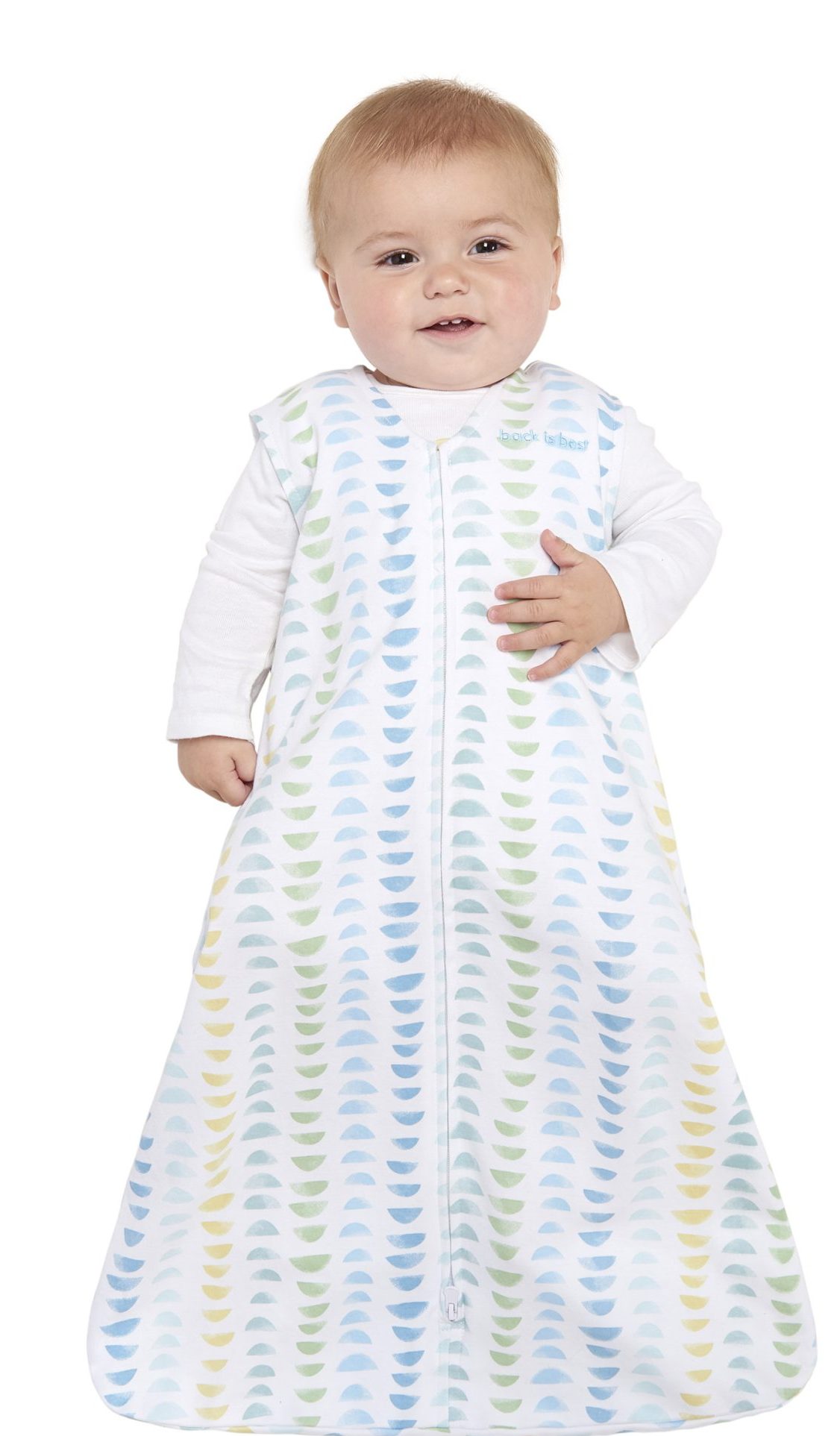 My go-to for the first couple years was the Halo SleepSack. SleepSacks, in general, were the greatest gift that any baby manufacturer could’ve given me. My daughter kicked out of swaddling blankets like she was main eventing Wrestlemania and didn’t want to be pinned, and while she wasn’t particularly fussy about sleepers, I liked the sack because it made diaper changes in the middle of the night so much easier. SleepSacks can be worn from birth all the way to up to about 3 years (they come with spaces for feet to pop out to walk in later stages) and because your baby zips up into them from the neck down, they don’t bunch up and don’t pose any sort of risk to their breathing at all. The first thing I always recommend to new parents is to look into SleepSacks and literally everybody I’ve recommended them to have come back and mentioned how amazing they are.
My go-to for the first couple years was the Halo SleepSack. SleepSacks, in general, were the greatest gift that any baby manufacturer could’ve given me. My daughter kicked out of swaddling blankets like she was main eventing Wrestlemania and didn’t want to be pinned, and while she wasn’t particularly fussy about sleepers, I liked the sack because it made diaper changes in the middle of the night so much easier. SleepSacks can be worn from birth all the way to up to about 3 years (they come with spaces for feet to pop out to walk in later stages) and because your baby zips up into them from the neck down, they don’t bunch up and don’t pose any sort of risk to their breathing at all. The first thing I always recommend to new parents is to look into SleepSacks and literally everybody I’ve recommended them to have come back and mentioned how amazing they are.
If your baby is a swaddler, there are lots of options out there for them, including many that make your life as a parent easier. You can find swaddling blankets that are just as effective as traditional swaddles, but feature velcro or button down pieces instead of doing the traditional burrito-style wrap. If you’re still big into the traditional wrap, Best Buy offers plenty of comfortable options from companies like Aden + Anais, Disney Baby and Lulujo.
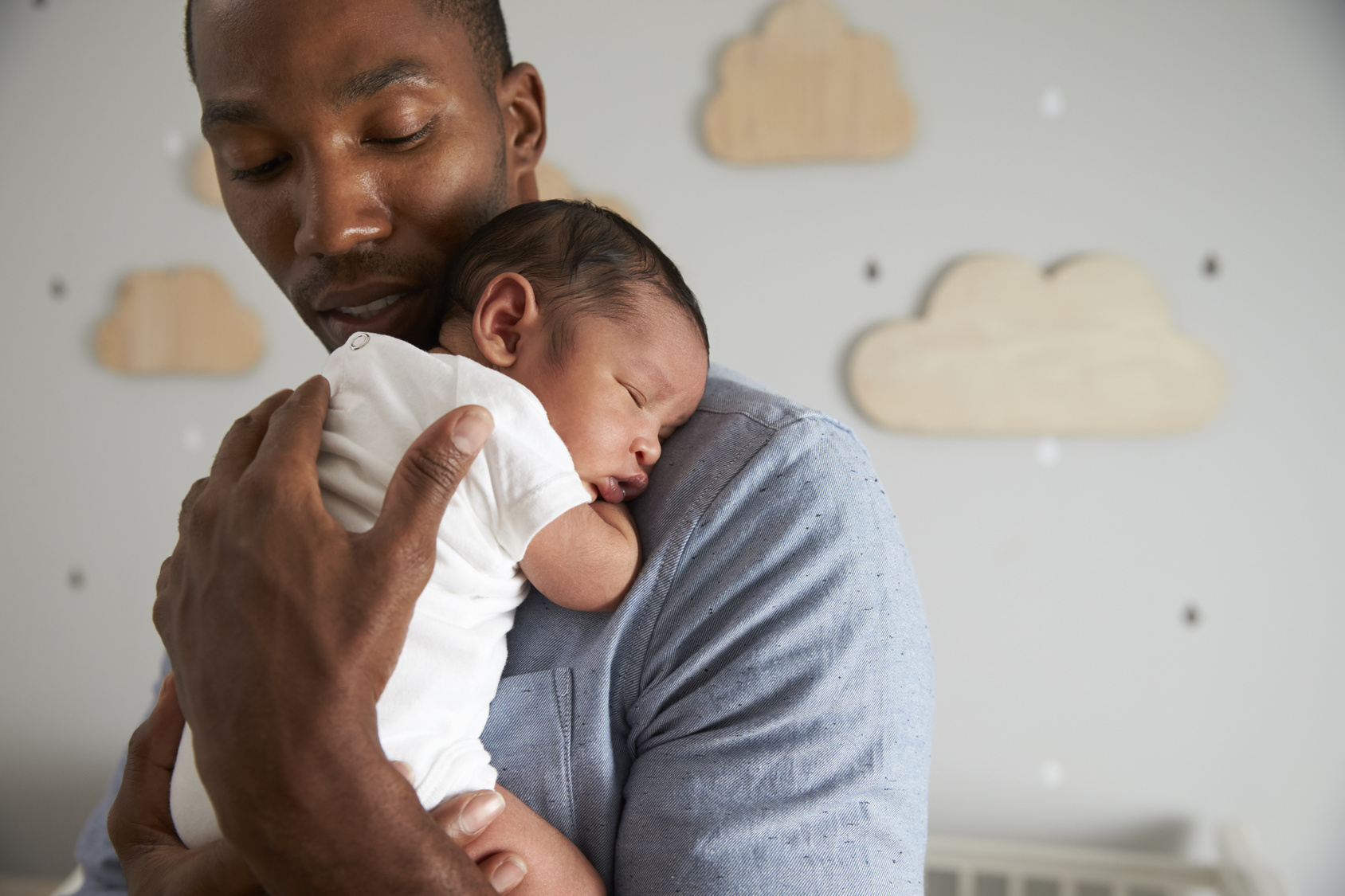
Creating the right atmosphere
There are a couple more things that you can add to your baby’s room to help with their sleep. The first is a sound (or white noise style) machine. The purpose of a white noise machine is to mimic the type of noises an infant was used to in the comfort of their mother’s womb in order to help your baby sleep easier. A white noise machine has been known over time to help newborns fall asleep earlier, and then you can begin to phase it out slowly when you know your child doesn’t need it. Take the LectroFan Noise & Fan Machine for example. This one has 20 different sound/noise settings to help you find the one that works the best for your baby. A Sound Machine was one of the things that really helped my daughter get over her first sleep cycle wake-up jitters when she was an infant. We live within walking distance of a decent sized amphitheatre as well, and I can hear concerts pretty clearly during the summer time. Our white noise machine really helped drown those noises out and could help you with noisy neighbours or outside noise like street traffic or kids playing in the summer.
It might also help if you put a night-light in your child’s room. Some children will get pretty frightened if they wake up and don’t see what’s familiar to them. I remember when I went into my daughter’s pitch black room one time to see her when she woke up in the middle of the night and happened to be wearing a glow in the dark t-shirt (which I didn’t realize at the time even glowed.) That didn’t go so well.
Most importantly, be patient. It wasn’t an easy task by any means to get a newborn from constant wakeups to sleeping soundly through the night. Even though it has been nearly 4 years for us, I still remember the hours my wife and I spent making it work. I even remember some of the desperation tactics, like driving around the neighbourhood at 2 in the morning a couple of times. At the end of the day, if you can do what you can to help your baby get as much sleep and rest as possible from a young age, the better you’ll all be in the long-term.

